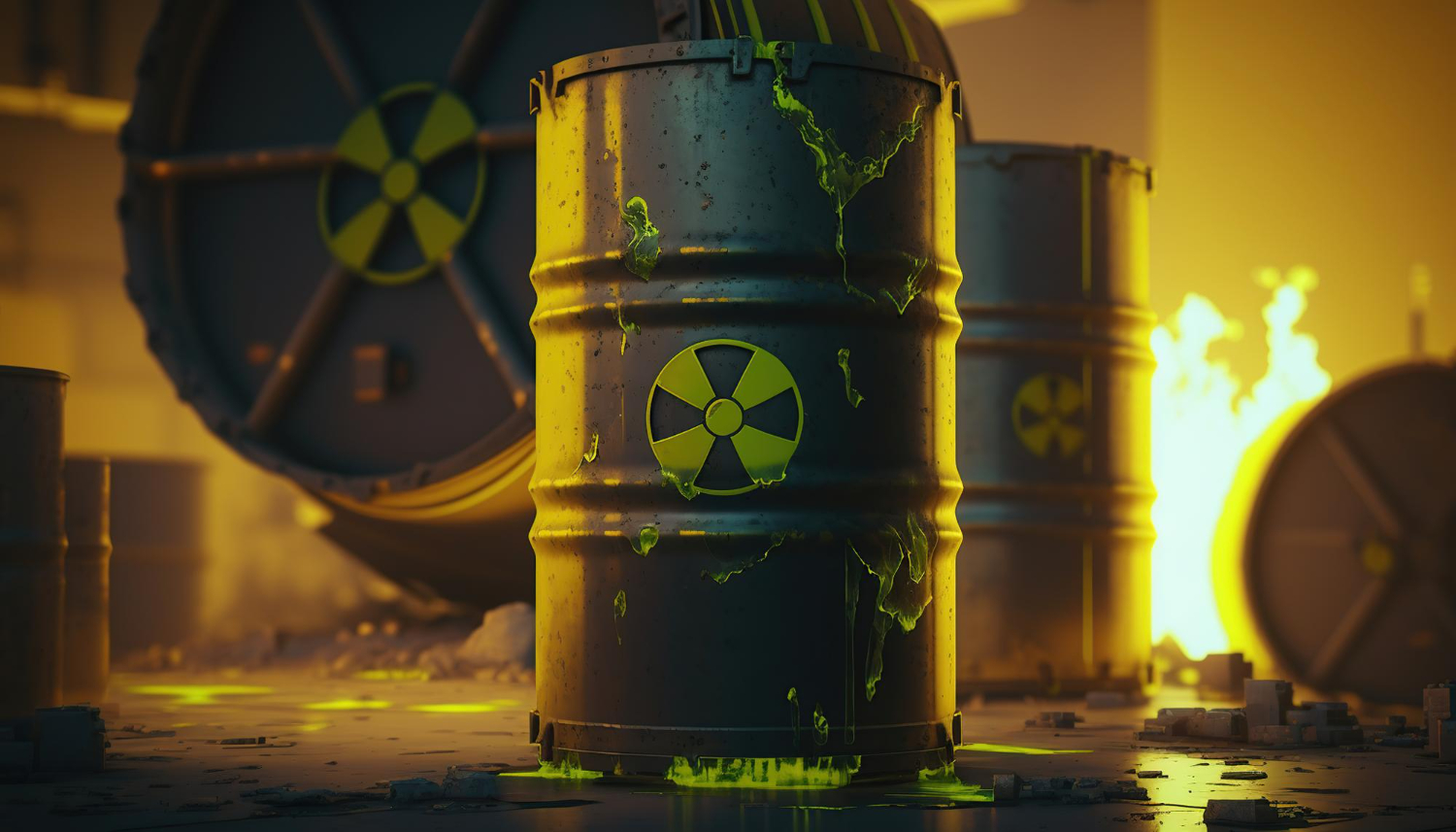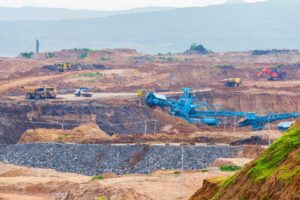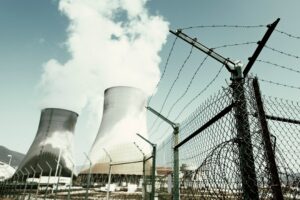As the world continues to search for clean and sustainable energy solutions to meet rapidly growing demand, the importance of efficient and environmentally responsible mining practices intensifies. In the realm of uranium mining, one such extraction method that has gained traction for its potential to minimize ecological impacts and transform the conventional mining process is in-situ recovery (ISR), a groundbreaking technology that is reshaping nuclear energy production by emphasizing sustainability, minimal surface disturbance, and resource optimization.
In this insightful article, we will guide you through the fundamentals of in-situ recovery technology, its advantages over traditional uranium mining techniques, and the cutting-edge innovations that are advancing ISR’s potential for widespread adoption. With industry-leading insights from enCore Energy Corp., spearheaded by William Sheriff, and Group 11 Technologies, we will showcase the crucial role that in-situ recovery technology plays in the future of environmentally responsible uranium mining and clean energy production.
1. In-Situ Recovery: A Groundbreaking Alternative to Traditional Uranium Mining
In-situ recovery (ISR) is a cutting-edge method of uranium extraction that differs significantly from traditional mining techniques, such as open-pit mining or underground mining. Rather than excavating large volumes of earth or tunnelling below the surface, ISR involves dissolving the uranium directly within the ore body and pumping the uranium-bearing solution back to the surface for further processing. Here, we will provide an overview of the key steps in the ISR process:
Hydrogeological Assessment: In-situ recovery is primarily applicable to uranium deposits located in permeable and confined aquifers. Prior to ISR implementation, a thorough hydrogeological assessment is conducted to evaluate the feasibility of the technique and develop an appropriate well-field design.
Well-Field Development: Once a site is deemed suitable for ISR, a series of injection and recovery wells are strategically placed around the uranium deposit. Injection wells introduce a lixiviant, usually composed of oxygen and bicarbonate solutions, into the ore body, which dissolves the uranium contained within the rock.
Uranium Recovery: The uranium-rich solution is then pumped to the surface through the recovery wells, where it is further processed to extract the dissolved uranium.
Restoration and Reclamation: Following uranium extraction, the site undergoes groundwater restoration to bring water quality back to its original state. Well fields are then decommissioned, and the land is reclaimed, ensuring minimal long-term impacts on the environment.
2. Environmental and Economic Advantages of In-Situ Recovery Technology
In-situ recovery offers several notable environmental and economic benefits compared to traditional uranium mining methods:
Reduced Environmental Impact: ISR minimizes surface disturbance and avoids the generation of large quantities of waste rock and tailings, substantially reducing the ecological impacts and land-use requirements associated with uranium mining.
Conservation of Water Resources: The ISR method results in lower water consumption compared to conventional mining processes, as it does not require the extensive use of water for tailings and waste rock management.
Minimal Radiation Exposure: ISR helps reduce the potential for occupational radiation exposure and the release of radon gas and radioactive dust, as the majority of the extraction process takes place underground.
Lower Operational and Reclamation Costs: The streamlined nature of ISR operations, combined with the lack of large-scale infrastructure and extensive reclamation needs, often translates to lower overall mining costs compared to traditional methods.
3. Innovations and Advancements Shaping the Future of In-Situ Recovery Technology
Continuous research and development efforts have resulted in numerous innovations and advancements that are shaping the future of in-situ recovery technology:
Enhanced Lixiviants: New and improved lixiviant formulations are being developed to increase uranium dissolution efficiency and minimize environmental impacts.
Advanced Well-Field Design and Management: Improved well-field design, real-time monitoring, and data analysis techniques are being employed to optimize the efficiency of uranium extraction and minimize environmental risks.
Groundwater Restoration Techniques: The development of enhanced groundwater restoration techniques ensures that water quality is restored to its original state post-mining, thereby reducing any potential long-term impacts on water resources.
Sustainable Mining Practices: The integration of renewable energy sources and energy-efficient systems in ISR operations reduces the carbon footprint of the mining process, contributing to the overall sustainability goals of the nuclear energy industry.
4. Challenges and Opportunities for In-Situ Recovery Adoption
Despite its numerous advantages, the widespread adoption of in-situ recovery technology faces some challenges:
Geological Constraints: The effectiveness of ISR relies heavily on the geological characteristics of the uranium deposit, limiting its applicability to specific types of ore bodies.
Regulatory and Licensing Hurdles: Comprehensive regulatory frameworks and licensing processes must be established to ensure the safe and responsible implementation of ISR technology, factoring in environmental, health, and safety considerations.
Community Engagement and Public Perception: Transparent communication and education are essential to foster public understanding and acceptance of in-situ recovery as an environmentally responsible and safe uranium mining method.
Conclusion
In-situ recovery technology presents a transformative opportunity to revolutionize the uranium mining process, offering an environmentally sustainable and economically efficient approach to nuclear energy production. As enCore Energy Corp. and Group 11 Technologies continue to advocate for and invest in this innovative technology, the future of uranium mining can be heavily influenced by ISR and its promise for cleaner, more responsible operations.
As we strive toward a low-carbon energy future, in-situ recovery technology offers a vital pathway to minimize the environmental impacts associated with uranium mining while optimizing resource use. By embracing ISR and its potential to transform nuclear energy, we can build a more sustainable and eco-conscious world for generations to come. Contact William Sheriff now.





